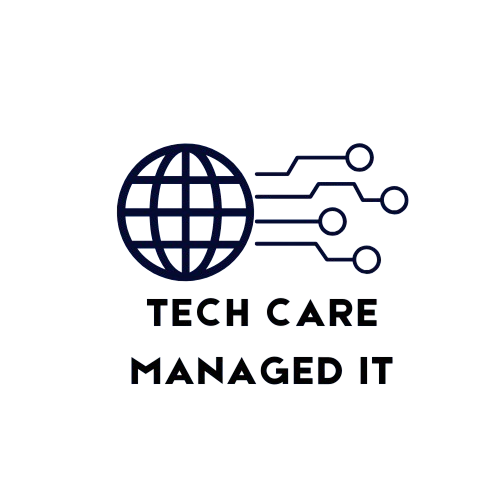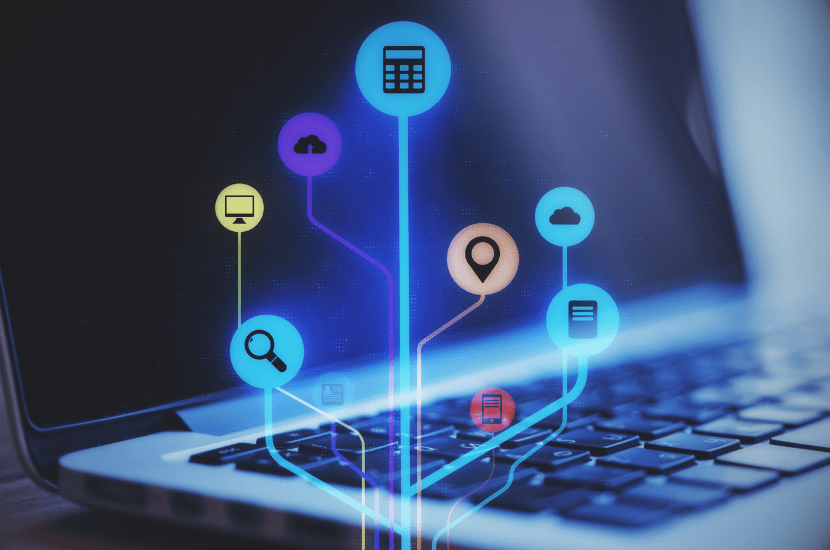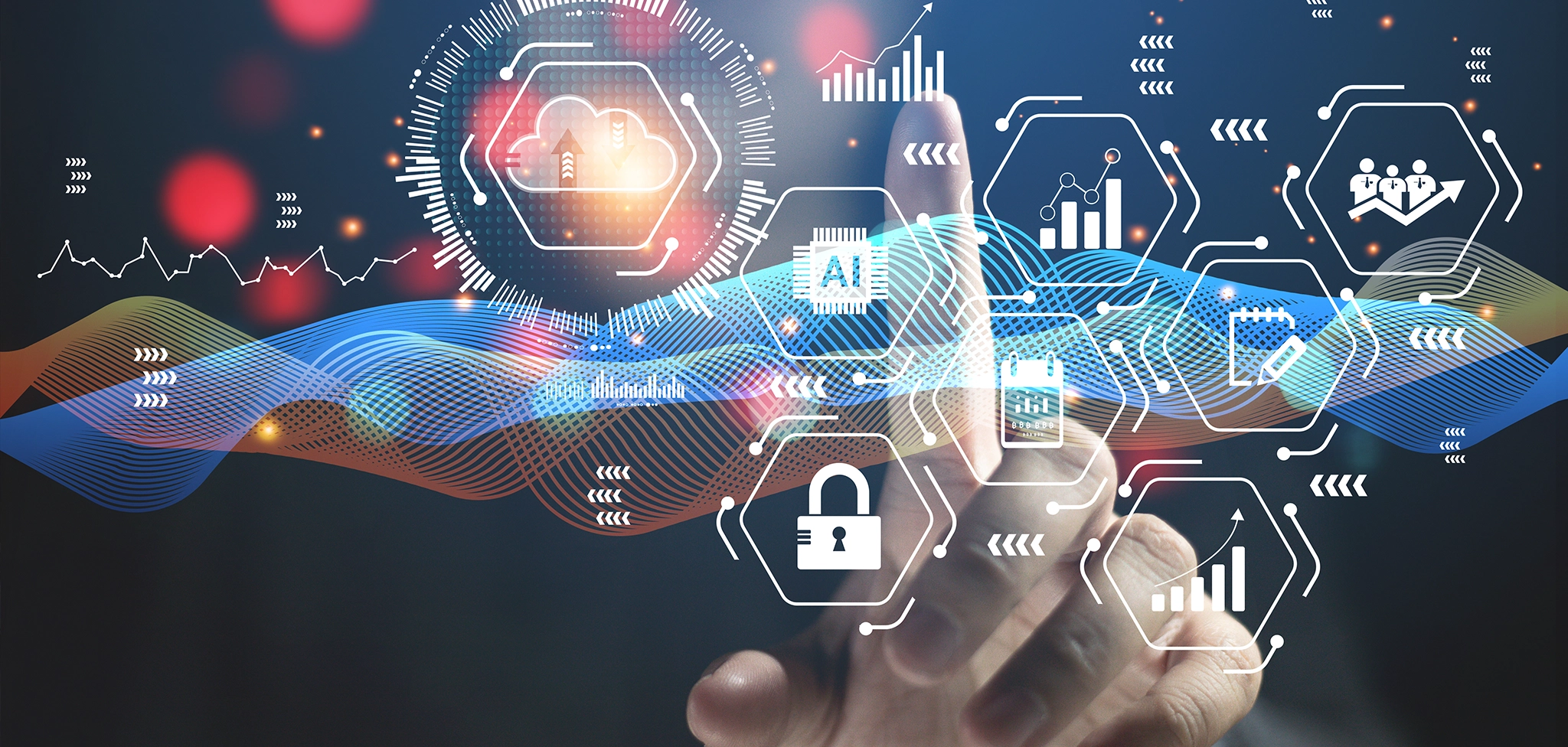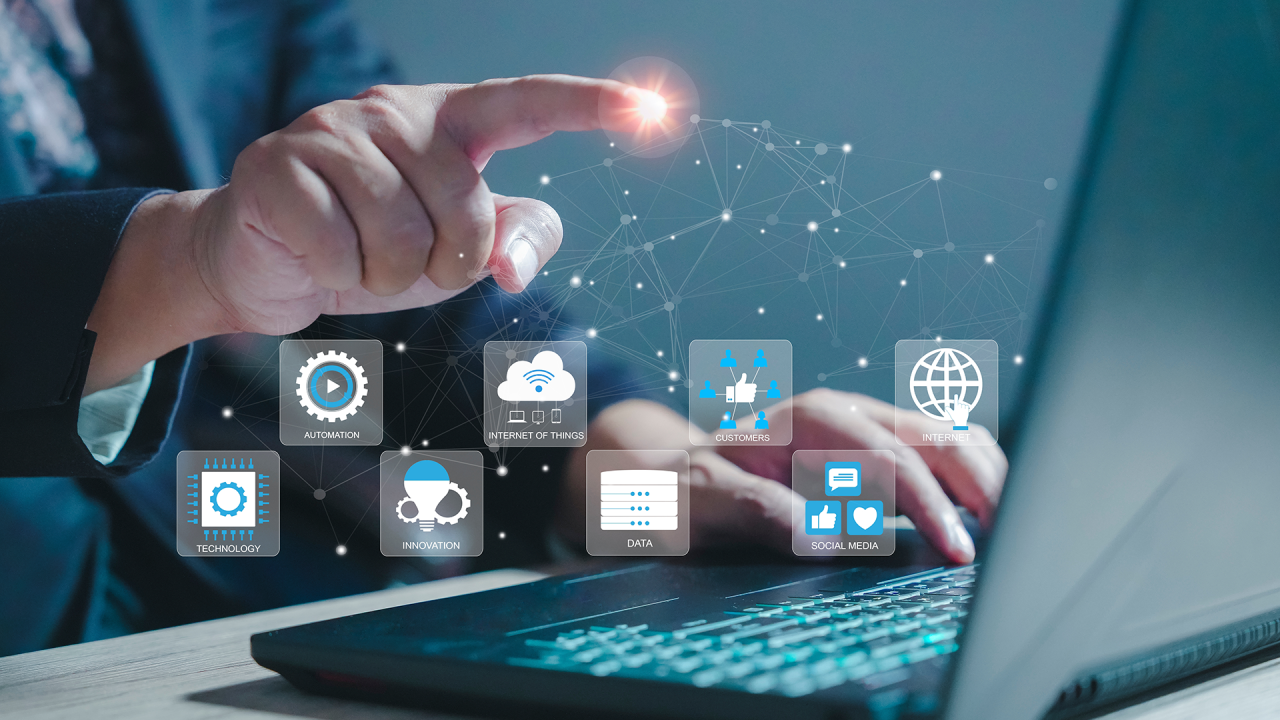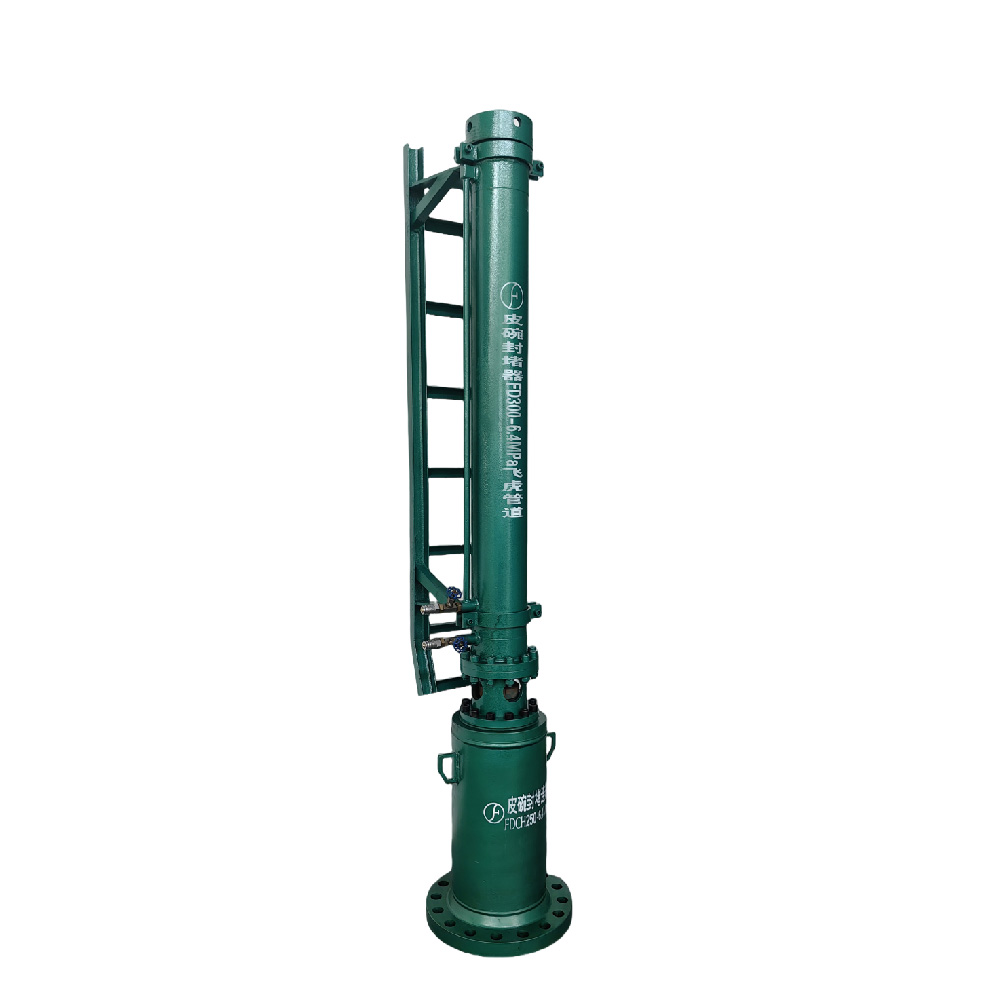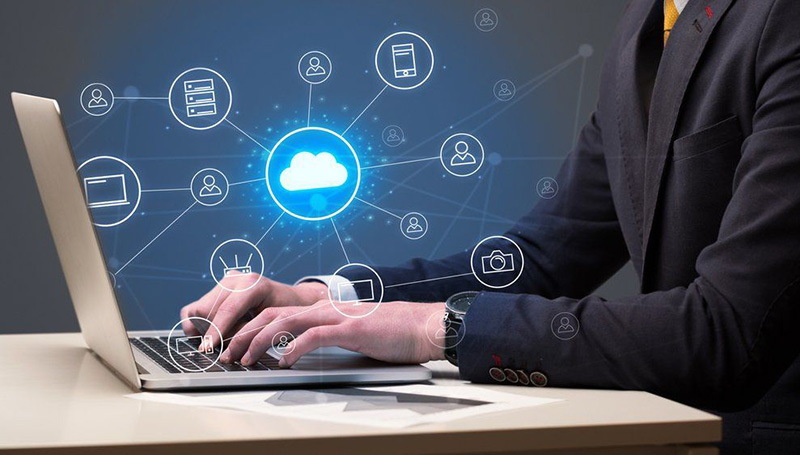As businesses grow and evolve, so does the complexity of their IT environments. The traditional centralized IT model is quickly being replaced by distributed infrastructures composed of cloud services, remote workforces, and edge devices. While this transition brings flexibility and scalability, it also introduces serious security challenges. Innerworks International understands the risks that come with managing security across a distributed IT infrastructure and provides strategic solutions to safeguard your organization’s data, systems, and users.
What is a Distributed IT Infrastructure?
A distributed IT infrastructure is a computing environment where data, applications, and services are spread across multiple locations. This includes public and private cloud services, on-premise systems, remote offices, mobile users, and third-party platforms. Unlike centralized networks, distributed environments are decentralized and operate independently across different geographical areas. As a cybersecurity leader, Innerworks International ensures that such environments remain secure and manageable without compromising operational efficiency.
Key Security Challenges in Distributed IT Setups
With more endpoints, users, and data flowing across multiple networks, security becomes exponentially more complex. Common challenges include limited centralized visibility, inconsistencies in security policy enforcement, expanded attack surfaces, and the risk of shadow IT. Innerworks International helps organizations identify these vulnerabilities and offers robust solutions to protect critical assets across all locations.
Best Practices for Managing Security Across a Distributed IT Infrastructure
Implement Centralized Security Monitoring
Centralized monitoring tools like SIEM systems are essential for gaining visibility into distributed environments. They aggregate logs, detect anomalies, and facilitate fast incident response. Innerworks International deploys scalable SIEM solutions to provide clients with real-time monitoring and actionable insights.
Use Zero Trust Architecture
Zero Trust assumes no user or device is trustworthy by default, regardless of their location. It requires continuous authentication and least-privilege access. Innerworks International designs Zero Trust frameworks that prevent unauthorized access and lateral movement within distributed infrastructures.
Enforce Strong Identity and Access Management (IAM)
With users accessing systems from various locations, robust IAM is a must. Techniques like role-based access control (RBAC) and multi-factor authentication (MFA) protect systems from unauthorized usage. Innerworks International integrates enterprise-grade IAM tools that align with your organizational policies.
Secure All Endpoints
Endpoints such as laptops, mobile devices, and IoT sensors are often the weakest links. Endpoint Detection and Response (EDR) tools help monitor and defend these assets. Innerworks International equips organizations with advanced endpoint protection strategies to minimize attack vectors.
Encrypt Data in Transit and at Rest
Encryption protects sensitive data whether it’s being transferred across networks or stored on devices. VPNs, SSL/TLS, and storage-level encryption are all essential components. Innerworks International ensures your data is always encrypted and compliant with industry standards.
Standardize Security Policies Across Locations
Having consistent security configurations across different branches and devices is critical. Automation tools can help enforce policies regardless of location. Innerworks International utilizes configuration management tools to maintain consistency and reduce administrative overhead.
Leveraging Cloud-Native Security Tools
Cloud platforms like AWS, Azure, and Google Cloud offer native tools to secure virtual machines, databases, and network connections. Tools like CSPM (Cloud Security Posture Management) ensure compliance and detect misconfigurations. Innerworks International specializes in integrating and managing these tools for optimal cloud security performance.
Regular Audits and Compliance Management
Audits are necessary for detecting gaps, ensuring regulatory compliance, and improving overall security posture. Frameworks like ISO 27001, HIPAA, and GDPR require rigorous reporting and controls. Innerworks International conducts in-depth audits and provides the documentation needed for compliance across multiple regulatory landscapes.
Employee Training and Insider Threat Management
Humans are often the weakest link in cybersecurity. Regular training can reduce the likelihood of phishing attacks, credential leaks, and insider threats. Innerworks International offers tailored cybersecurity training programs to foster a security-conscious culture in distributed work environments.
Future Trends in Distributed IT Security
The landscape of cybersecurity continues to evolve with advancements in artificial intelligence, machine learning, and edge computing. AI-powered threat detection systems are becoming more effective at identifying anomalies in real-time. As organizations continue to decentralize, Innerworks International is at the forefront of adopting and deploying security-as-a-service (SECaaS) models that adapt to the needs of modern distributed IT infrastructures.
Takeaway
Securing a distributed IT infrastructure requires more than just reactive measures—it demands a proactive, strategic approach that evolves with technology. From centralized monitoring to cloud-native security and employee training, every aspect plays a critical role in reducing risk. Innerworks International empowers organizations to stay ahead of threats and maintain full control of their security posture, no matter how complex or dispersed their infrastructure becomes.
